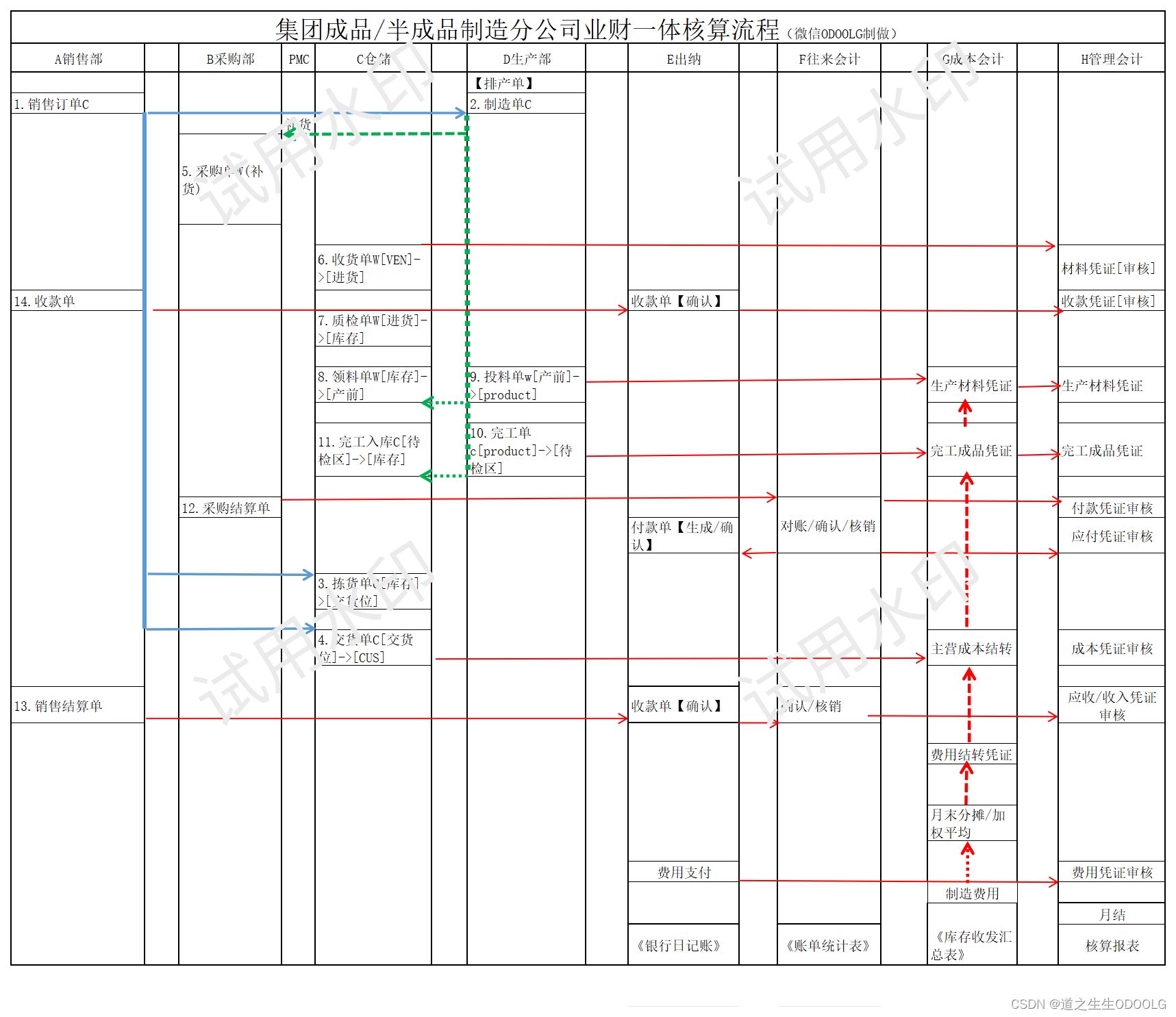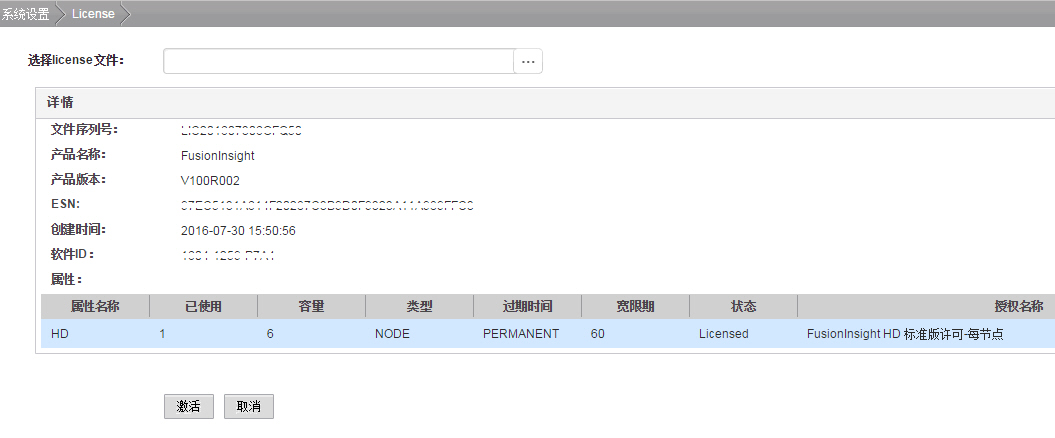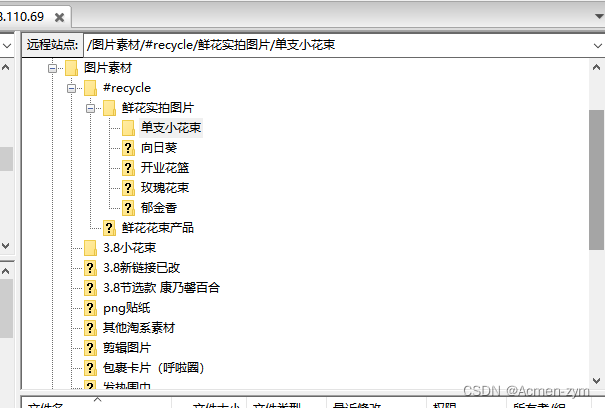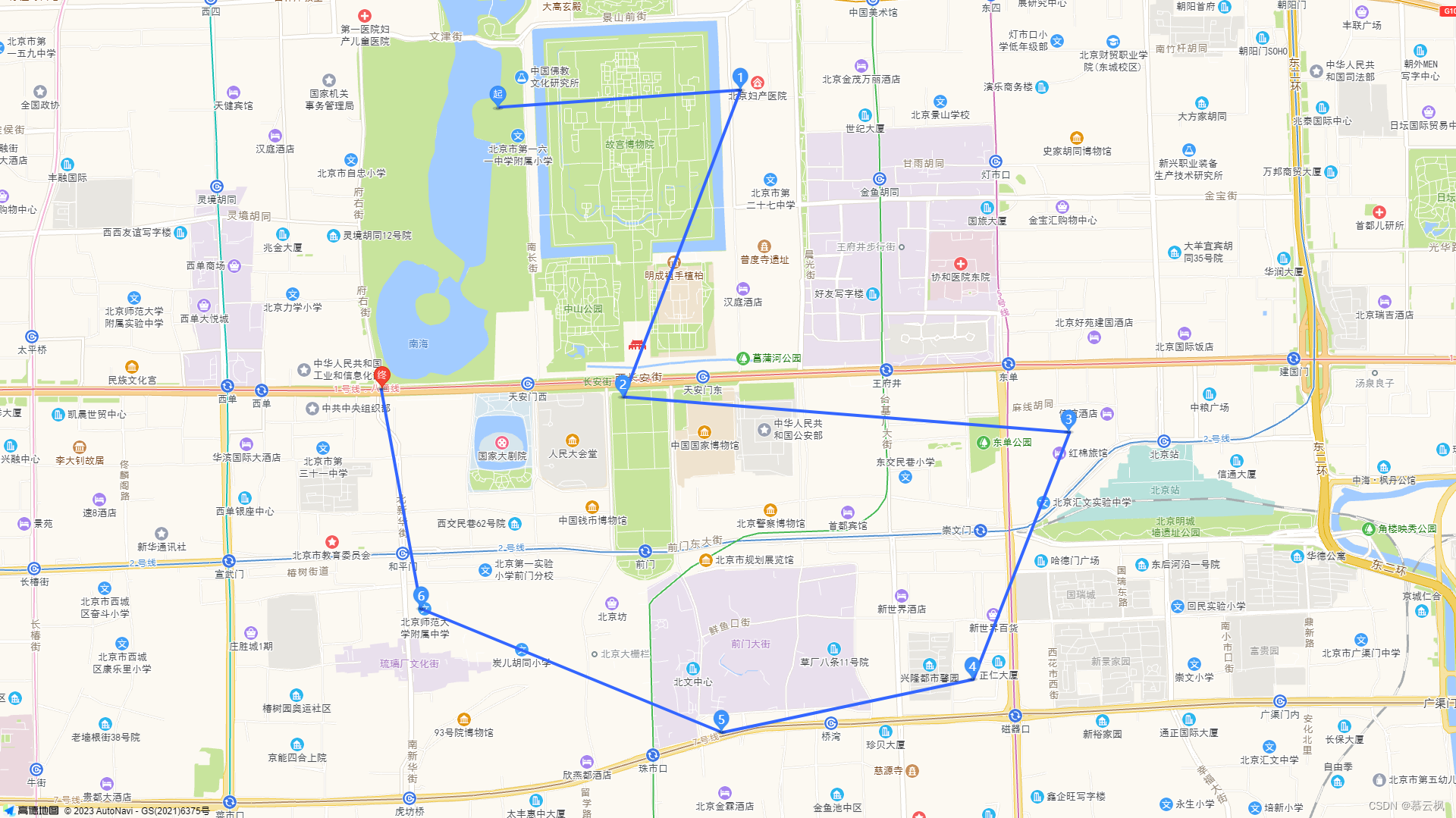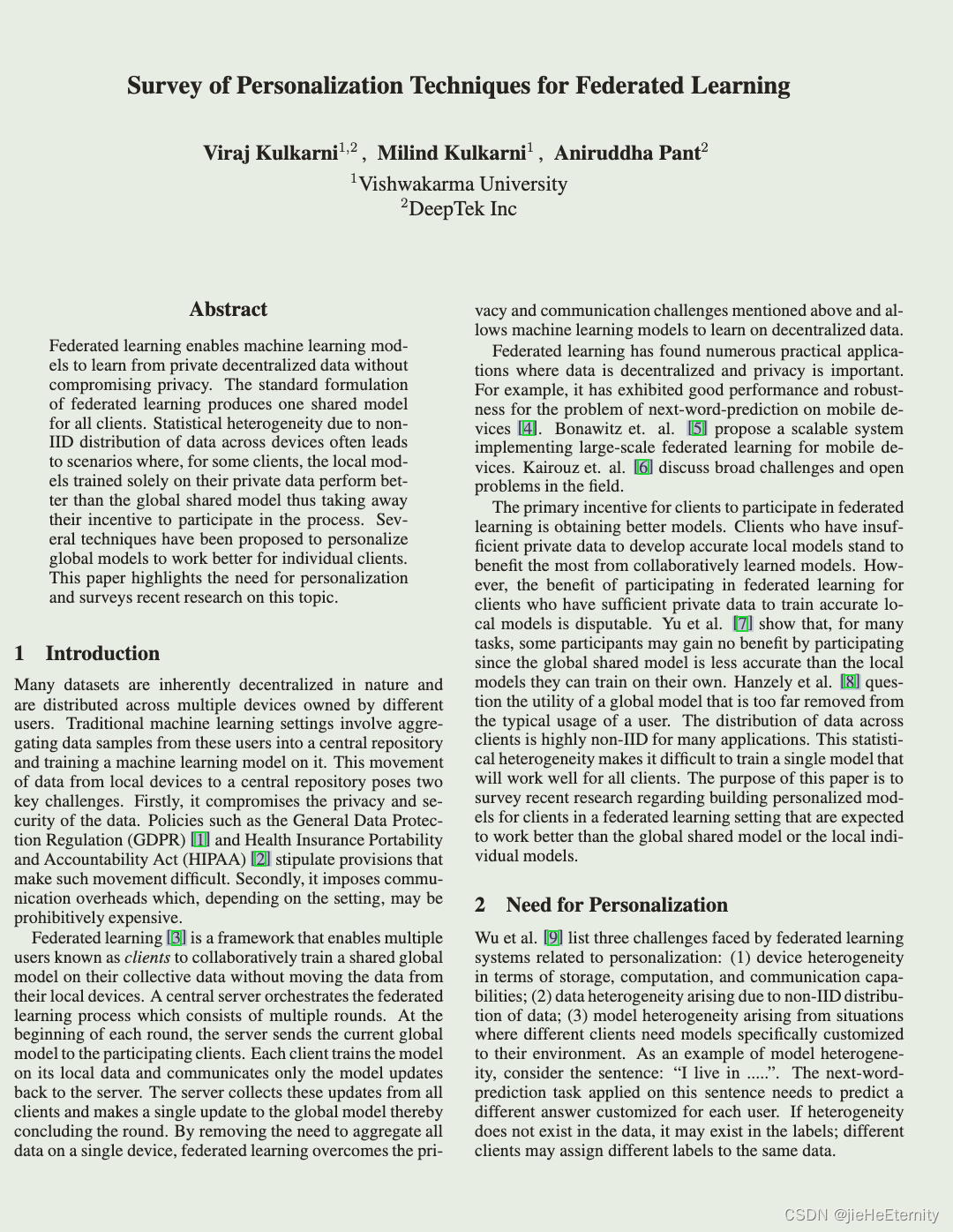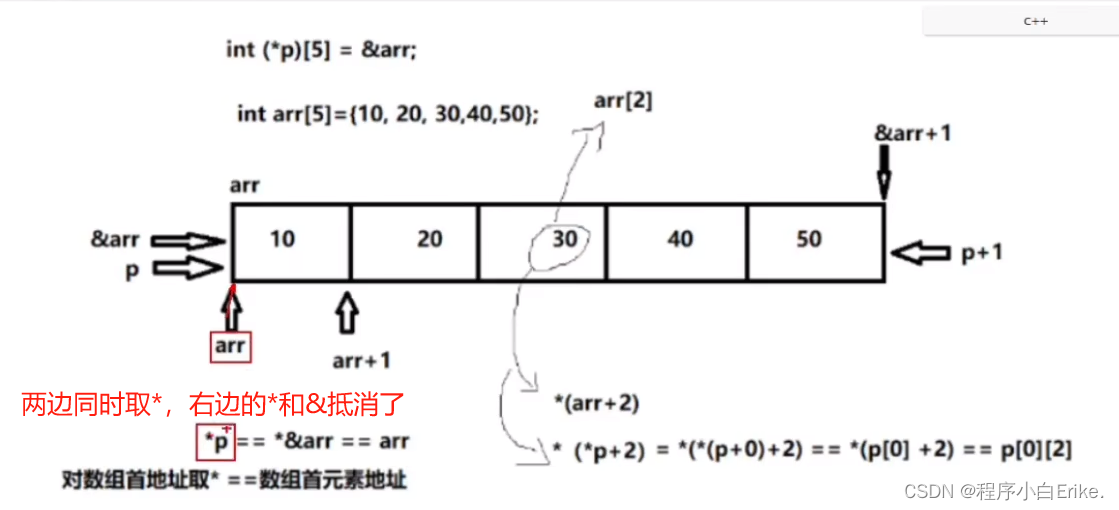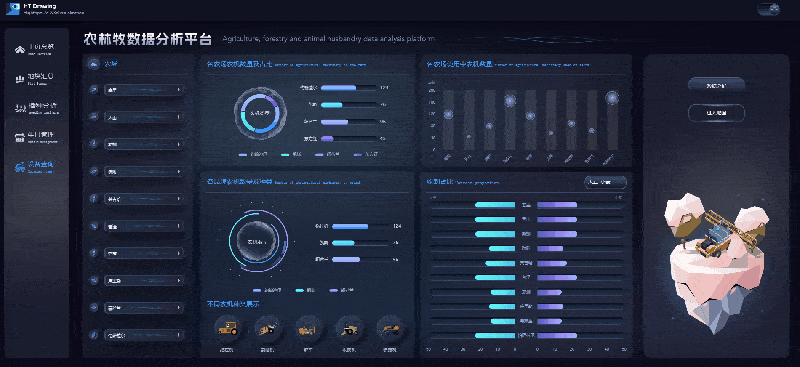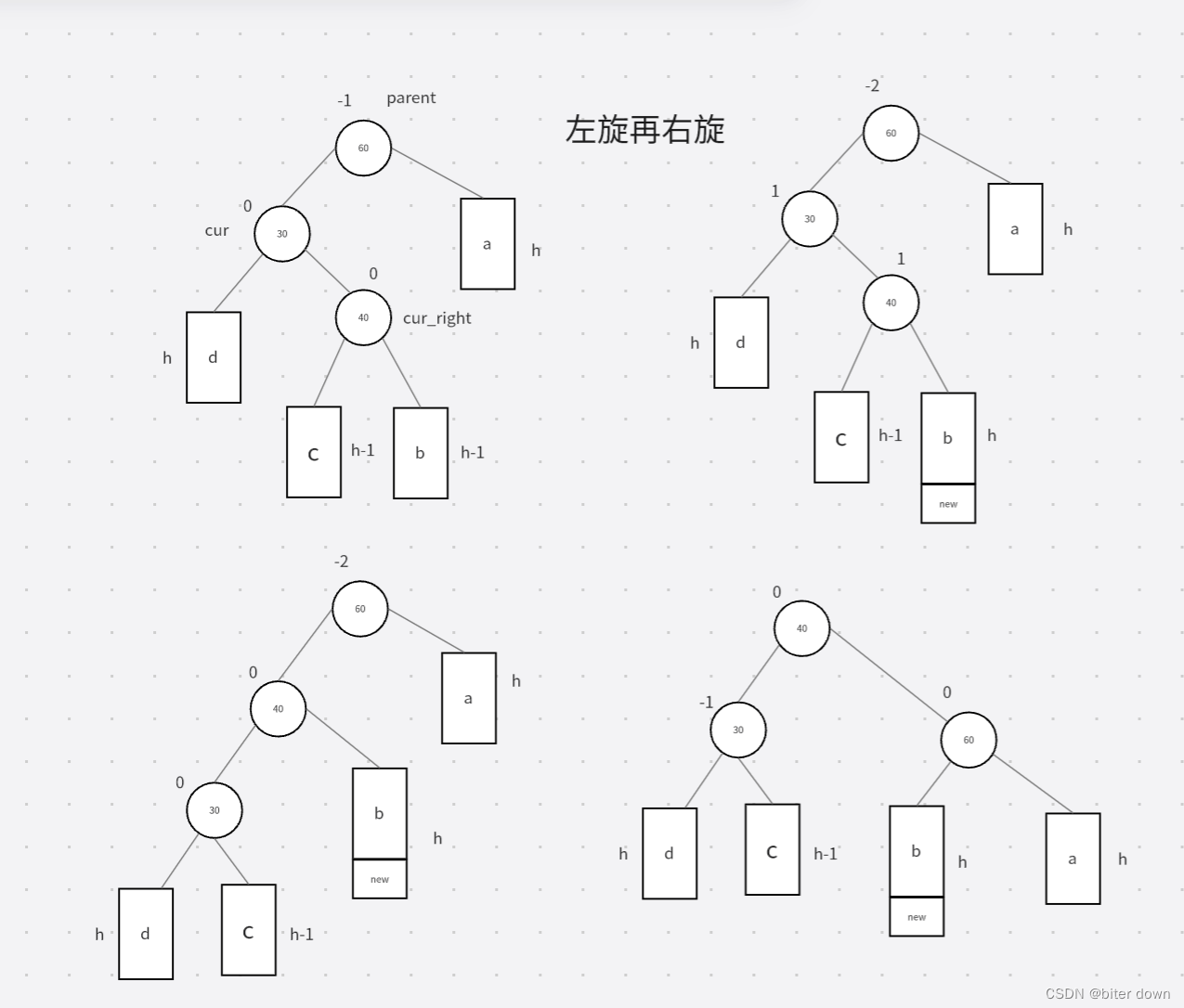😏★,°:.☆( ̄▽ ̄)/$:.°★ 😏
这篇文章主要介绍BMI身体质量指数计算工具的Java实现。
学其所用,用其所学。——梁启超
欢迎来到我的博客,一起学习,共同进步。
喜欢的朋友可以关注一下,下次更新不迷路🥞
文章目录
- :smirk:1. 知识介绍
- :blush:2. Java终端程序
- :satisfied:3. Java-Swing界面程序
😏1. 知识介绍
BMI(Body Mass Index,身体质量指数),也称为体重指数,是一种常用的衡量成人人体肥胖程度的指标。它通过身高和体重之间的数值关系来评估一个人的体重是否适中。
BMI的计算公式如下:
BMI = 体重(kg)/ (身高(m) * 身高(m))
根据计算得到的BMI值,可以将人体的体重状况分为以下几个范围:
BMI < 18.5:体重过轻
18.5 <= BMI < 24:体重正常
24 <= BMI < 28:超重
BMI >= 28:肥胖
😊2. Java终端程序
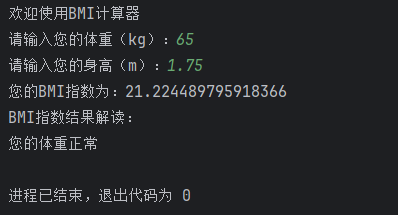
package org.example;
import java.util.Scanner;
public class Main {
/*
* main函数是程序的入口函数
*/
public static void main(String[] args) {
Scanner input = new Scanner(System.in);
System.out.println("欢迎使用BMI计算器");
System.out.print("请输入您的体重(kg):");
double weight = input.nextDouble();
System.out.print("请输入您的身高(m):");
double height = input.nextDouble();
double bmi = calculateBMI(weight, height);
System.out.println("您的BMI指数为:" + bmi);
System.out.println("BMI指数结果解读:");
interpretBMI(bmi);
input.close();
}
/**
* BMI计算
* @param weight
* @param height
* @return
*/
public static double calculateBMI(double weight, double height) {
return weight / (height * height);
}
/**
* BMI解读
* @param bmi
*/
public static void interpretBMI(double bmi) {
if (bmi < 18.5) {
System.out.println("您的体重过轻");
} else if (bmi < 24) {
System.out.println("您的体重正常");
} else if (bmi < 28) {
System.out.println("您的体重超重");
} else {
System.out.println("您的体重肥胖");
}
}
}
😆3. Java-Swing界面程序
可以使用 JTextFields 用于输入体重和身高,使用JButton 触发计算,并使用JLabel显示结果。

package org.example;
import javax.swing.*;
import java.awt.*;
import java.awt.event.ActionEvent;
import java.awt.event.ActionListener;
import java.awt.Dimension;
public class Main extends JFrame {
private JTextField weightField;
private JTextField heightField;
private JLabel resultLabel;
public Main() {
setTitle("BMI计算器");
setSize(675, 120);
setDefaultCloseOperation(JFrame.EXIT_ON_CLOSE);
// 获取屏幕尺寸
Dimension screenSize = Toolkit.getDefaultToolkit().getScreenSize();
int screenWidth = (int) screenSize.getWidth();
int screenHeight = (int) screenSize.getHeight();
// 计算窗口显示位置
int x = (screenWidth - getWidth()) / 2;
int y = (screenHeight - getHeight()) / 2;
setLocation(x, y);
// 创建面板
JPanel panel = new JPanel();
JLabel weightLabel = new JLabel("体重(kg):");
weightField = new JTextField(10);
JLabel heightLabel = new JLabel("身高(m):");
heightField = new JTextField(10);
JButton calculateButton = new JButton("计算");
resultLabel = new JLabel();
calculateButton.addActionListener(new ActionListener() {
@Override
public void actionPerformed(ActionEvent e) {
double weight = Double.parseDouble(weightField.getText());
double height = Double.parseDouble(heightField.getText());
double bmi = calculateBMI(weight, height);
String interpretation = interpretBMI(bmi);
resultLabel.setText("您的BMI指数为:" + bmi + ",结果解读:" + interpretation);
}
});
panel.add(weightLabel);
panel.add(weightField);
panel.add(heightLabel);
panel.add(heightField);
panel.add(calculateButton);
panel.add(resultLabel);
add(panel);
}
private double calculateBMI(double weight, double height) {
return weight / (height * height);
}
private String interpretBMI(double bmi) {
if (bmi < 18.5) {
return "您的体重过轻";
} else if (bmi < 24) {
return "您的体重正常";
} else if (bmi < 28) {
return "您的体重超重";
} else {
return "您的体重肥胖";
}
}
public static void main(String[] args) {
SwingUtilities.invokeLater(new Runnable() {
@Override
public void run() {
new Main().setVisible(true);
}
});
}
}

以上。


![新开普智慧校园系统RCE漏洞 [附POC]](https://img-blog.csdnimg.cn/898b5a333ab44a3fa076605b09183546.png)
